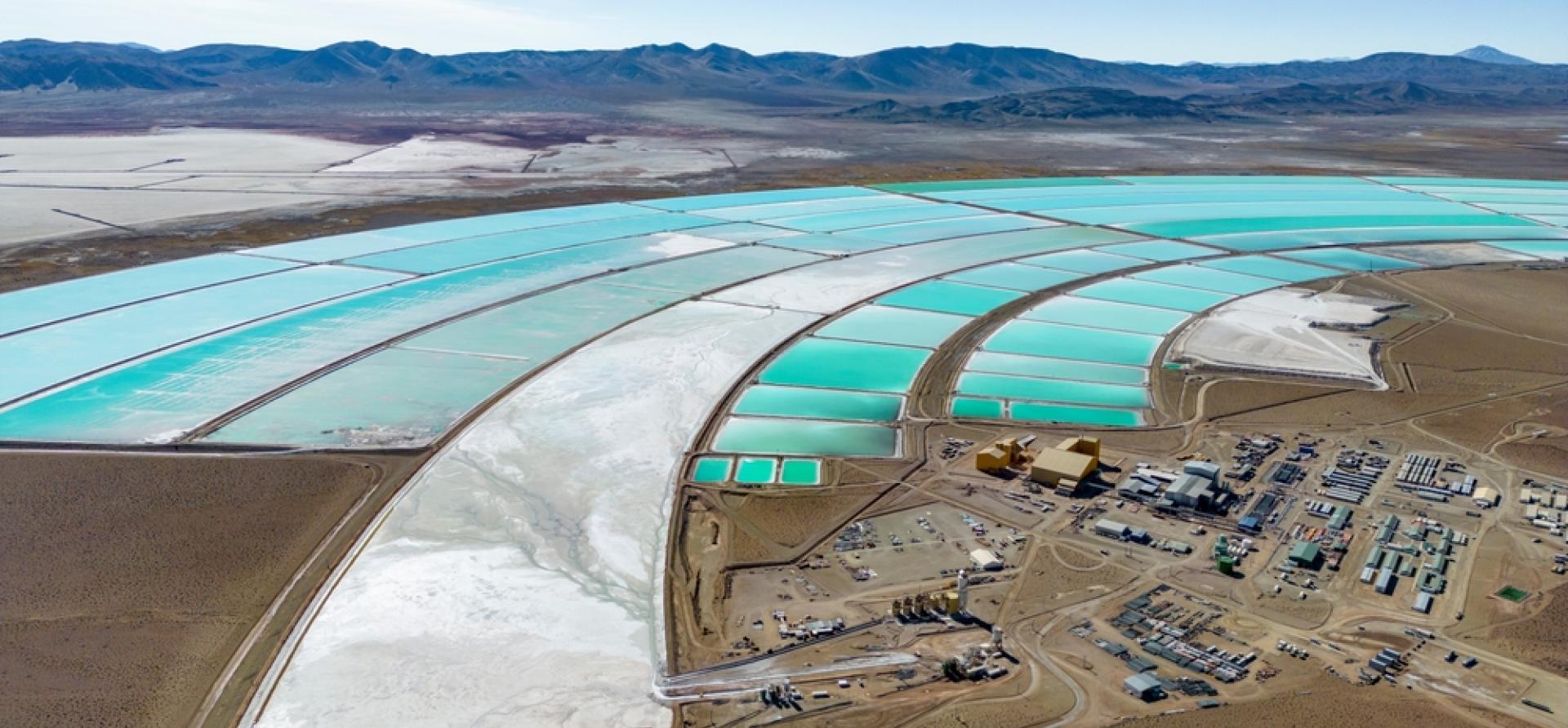India's hunt for critical minerals
Download Full Report
View Press Release

Key Findings
Minerals at risk – with high import dependency and reliance on a few countries – include synthetic and natural graphite, lithium oxide, nickel oxide, nickel sulphate and copper cathodes. The procurement strategy of these minerals needs intervention to diversify the sources.
Critical mineral demand is soaring, threatening supply chain security, affordability, and energy stability in importing countries. The International Energy Agency forecasts a 2-3 fold increase in demand by 2030, exacerbating these concerns.
India needs to carefully craft its import strategy to circumvent risks while balancing international ties. It should develop a strategy to source each mineral efficiently while minimising disruptions.
India can deepen its strategic partnerships with geopolitically stable countries and increase its procurement of minerals from them as domestic demand for these minerals rises. The country can explore investment opportunities in resource-rich, friendly nations, such as Australia, Chile, Ghana and South Africa.
Executive Summary
The transition to clean energy sources has intensified the need for critical minerals such as cobalt, copper, graphite, lithium and nickel. These minerals play a central role in manufacturing clean technology equipment, such as solar panels, wind turbines, electric vehicles and batteries. Besides, they are vital for manufacturing defence and electronic equipment.
Acknowledging the importance of these minerals in the energy transition, the government of India has initiated a multi-pronged approach to acquiring and sourcing critical minerals. The approach includes developing international partnerships and acquiring resources, as well as exploring domestic mines.
India remains largely dependent on imports for energy transition minerals and their compounds, with 100% import dependency for minerals like lithium, cobalt and nickel. This situation is likely to continue as the demand for critical minerals is expected to more than double by 2030, while domestic mines will take more than a decade to start producing.
India needs to carefully craft its import strategy to circumvent risks while balancing international ties. It should develop a strategy to source each mineral efficiently while minimising disruptions.Furthermore, geopolitical risks also play a part in shaping India’s international critical minerals procurement policy.
In this report, we analyse the key minerals crucial to the energy transition from the perspective of import dependency, trade dynamics, domestic availability and global price fluctuations. In the ES figure below, we map the minerals and their compounds based on import dependency and geopolitical risks.
Minerals at risk include graphite (natural and synthetic), lithium oxide, nickel oxide, copper cathodes, nickel sulphate, cobalt oxide, and copper ores and concentrates. Such minerals have high import dependency. India imports some of them from countries with a high geopolitical risk. The countries with high geopolitical risks are Russia, Madagascar, Indonesia, Peru and China. India should strive to reduce its dependency on these countries by identifying new international resources and expediting the domestic production of minerals.
India can also explore investment opportunities in resource-rich, friendly nations, such as Australia and Chile, as well as African countries like Ghana and South Africa.
ES Figure: India's import dependency of key Minerals vs. geopolitical risk
















